Physical Address
304 North Cardinal St.
Dorchester Center, MA 02124
Physical Address
304 North Cardinal St.
Dorchester Center, MA 02124
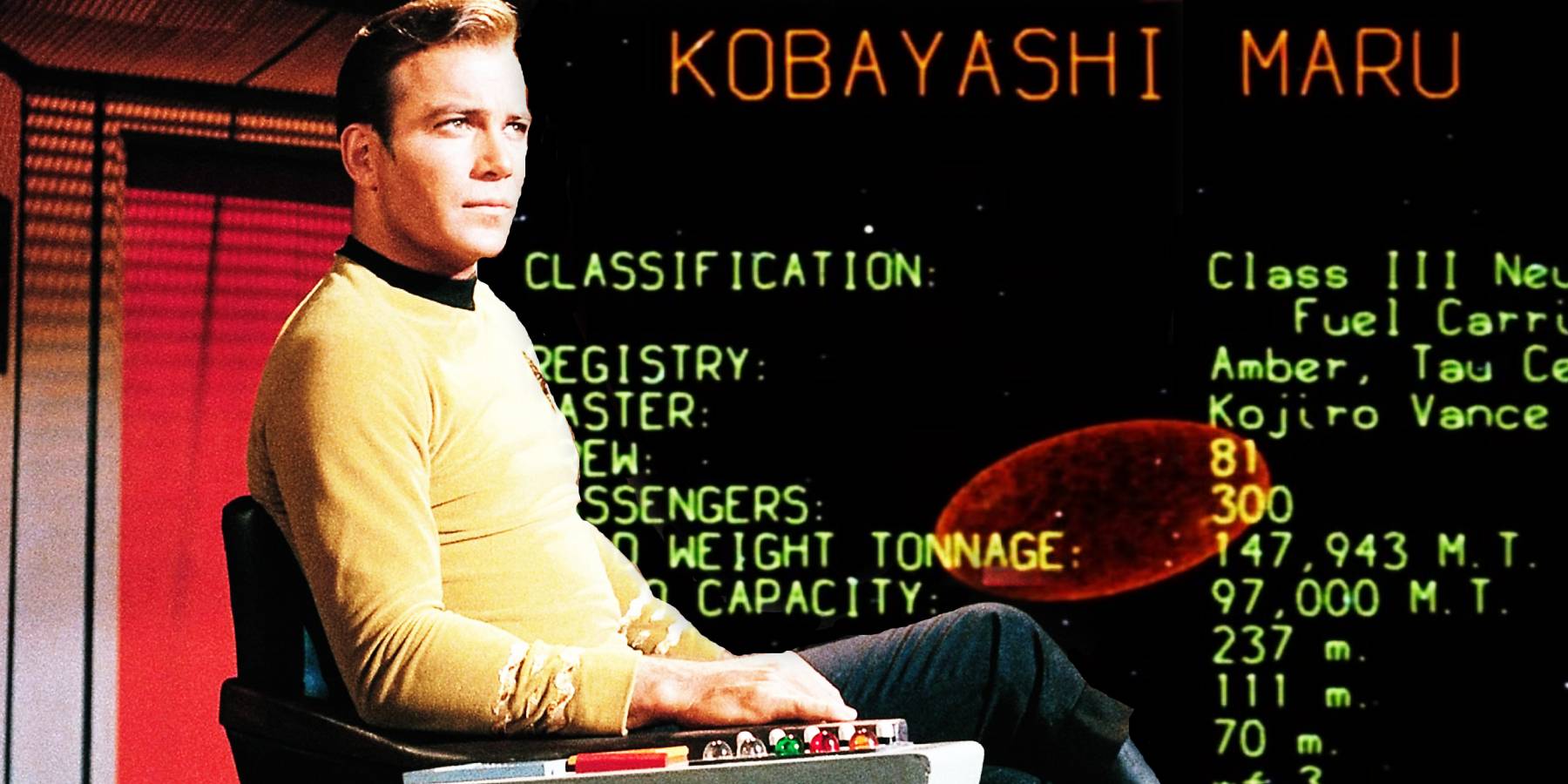
The Kobayashi Maru test is one of Star Trek’s most iconic and thought-provoking challenges, captivating fans with its reputation as a no-win scenario. Widely discussed and analyzed across fan communities, particularly on Reddit, the test first appeared in classic episodes and has since been reimagined in the 2009 Star Trek film. This article dives into everything from the origins and meaning of the Kobayashi Maru to the memorable answers given by characters and fans alike. We will also explore the test’s presence in pop culture, including its reference in The Office, and consider ways fans can engage with the Kobayashi Maru online today.
The Kobayashi Maru is a famous no-win training exercise from Star Trek, designed by Starfleet Academy to test the character of cadets rather than their tactical skills. In this simulation, cadets command a starship faced with a distress call from the civilian vessel Kobayashi Maru, stranded in the dangerous Klingon Neutral Zone. The dilemma is whether to risk violating the treaty and endangering their own ship and crew to attempt a rescue or leave the ship to certain destruction. No matter what choice they make, the scenario is rigged so that defeat is inevitable, forcing cadets to confront a no-win situation and revealing how they handle pressure and impossible decisions.
This test is not about winning but about revealing leadership qualities and emotional resilience. The exercise became iconic partly because Captain James T. Kirk famously “beat” the test by reprogramming the simulation, refusing to accept the no-win premise. The term “Kobayashi Maru” has since entered popular culture as a metaphor for any no-win scenario, highlighting the importance of mindset and creativity when facing impossible odds.
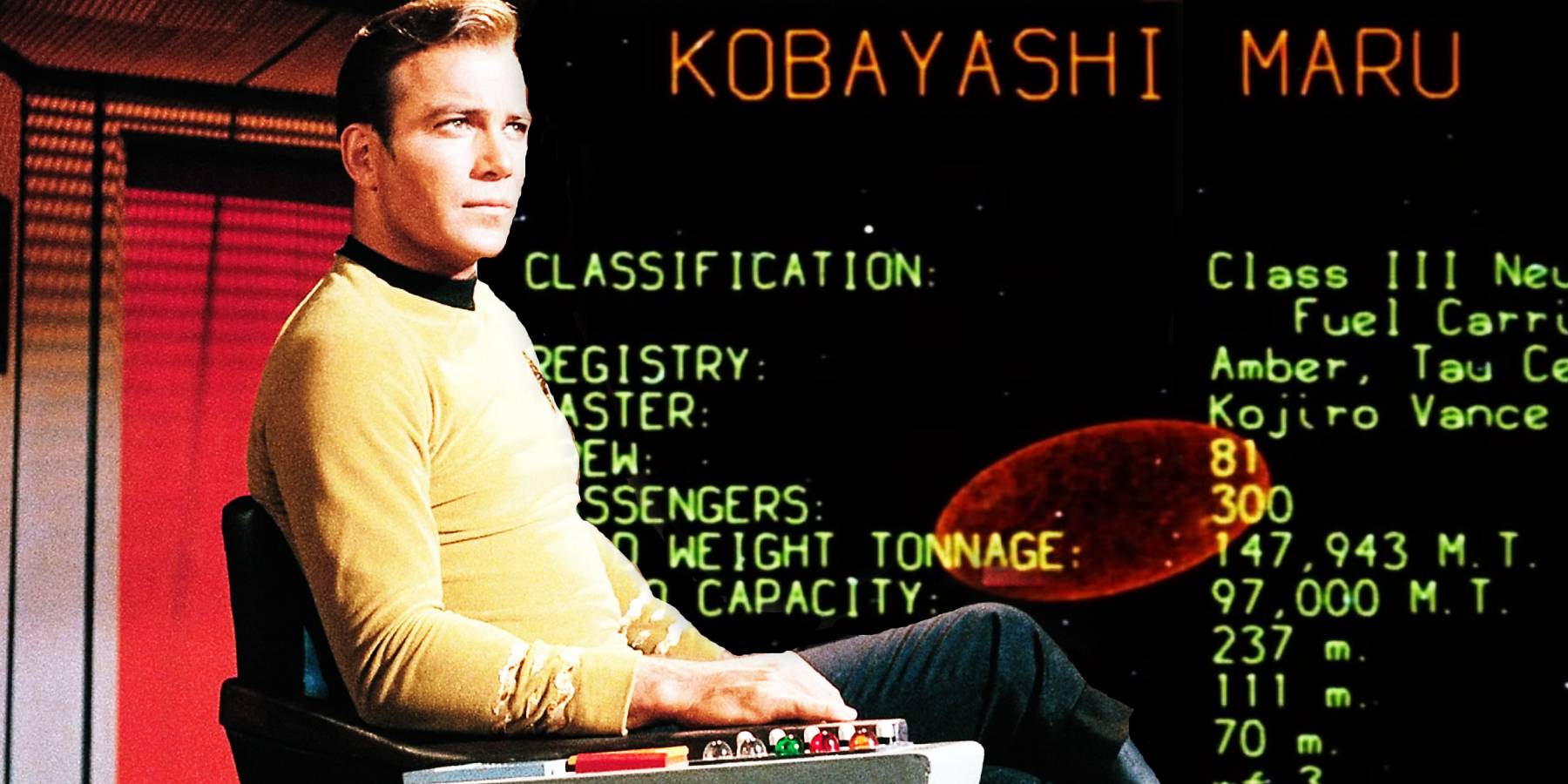
The Kobayashi Maru test in Star Trek is a famous no-win scenario designed to evaluate the character of Starfleet cadets rather than their technical skills. The exercise simulates a situation where a civilian ship, the Kobayashi Maru, is stranded in the Klingon Neutral Zone. Cadets must decide whether to attempt a risky rescue—breaking treaty and risking their own ship and crew—or to leave the ship to certain destruction. No matter what choice they make, the scenario ends in failure, testing how they handle inevitable defeat and pressure.
What makes the test so iconic is that it reveals a leader’s true nature when faced with impossible odds. Captain James T. Kirk famously “beat” the test by reprogramming the simulation, refusing to accept a no-win outcome, which highlights creative thinking and defiance of limits. The Kobayashi Maru has become a cultural metaphor for no-win situations and how people respond to them, emphasizing that sometimes the test is about resilience and mindset rather than success. It’s a powerful lesson in leadership, character, and the courage to face failure head-on.
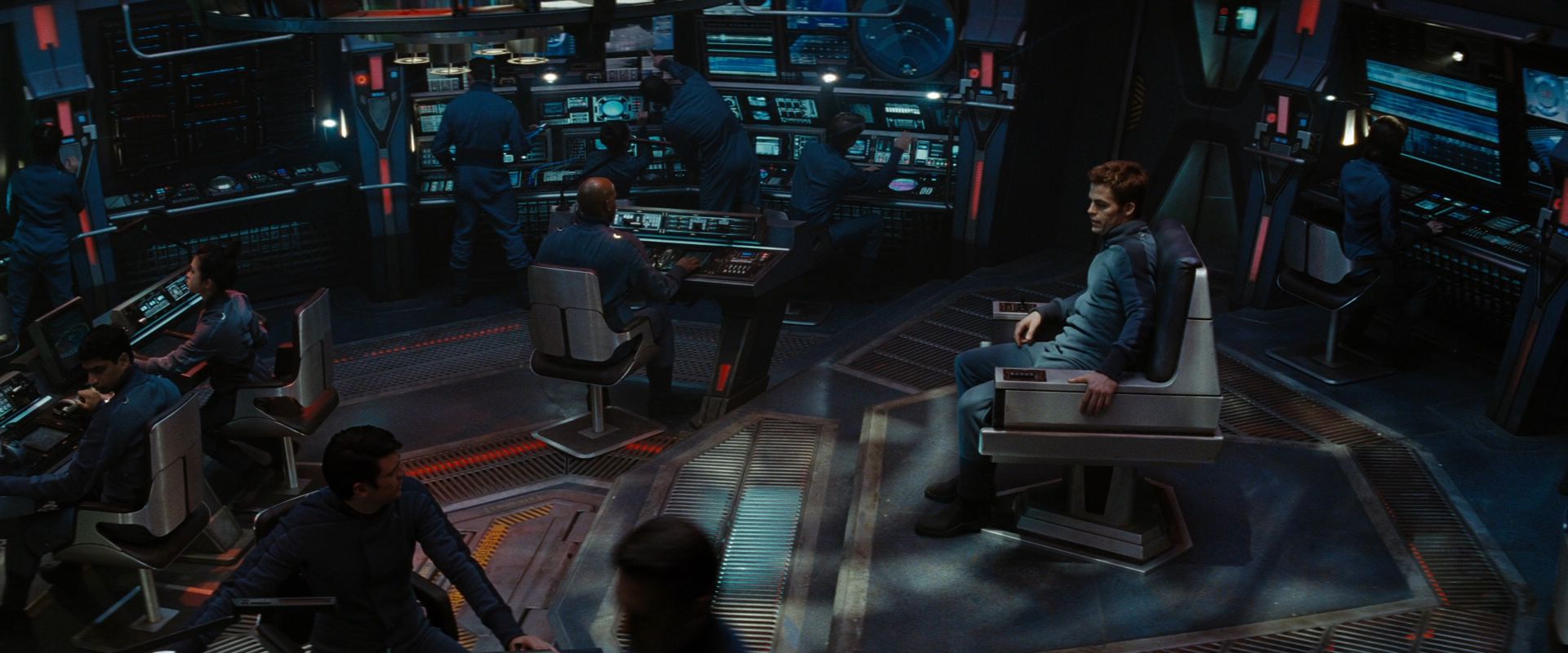
The Kobayashi Maru test from Star Trek is famous for being a no-win scenario designed to challenge Starfleet cadets’ character rather than their tactical skills. In this simulation, cadets must decide whether to risk their ship and crew to rescue a civilian vessel stranded in the Klingon Neutral Zone, knowing that any rescue attempt will trigger an overwhelming enemy attack. The test forces them to confront inevitable defeat and reveals how they handle impossible choices under pressure.
What makes the Kobayashi Maru especially interesting on Reddit and other fan discussions is how Captain James T. Kirk famously “beat” the test—not by winning, but by reprogramming the simulation itself, refusing to accept a no-win outcome. This act of outthinking the system has sparked many debates about ethics, leadership, and creativity in the face of impossible odds. Fans often relate the test to real-life situations where people face tough, no-win challenges and must decide how to respond, making it a powerful metaphor beyond the Star Trek universe. Reddit threads about the Kobayashi Maru frequently explore these themes, mixing nostalgia, philosophy, and practical lessons in resilience.
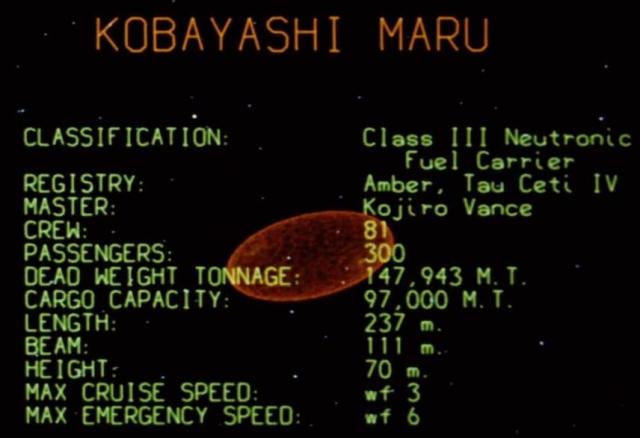
The Kobayashi Maru is a famous no-win training exercise in the Star Trek universe, designed to test the character of Starfleet cadets rather than their tactical skills. The scenario puts cadets in a tough spot: a civilian ship, the Kobayashi Maru, is stranded in the Klingon Neutral Zone, and attempting a rescue risks war with the Klingons, while leaving it means certain destruction of the ship and its crew. The test is meant to simulate a no-win situation, forcing cadets to face inevitable defeat and see how they handle it under pressure.
One of the most iconic moments in Star Trek lore is when James T. Kirk becomes the only cadet to “beat” the Kobayashi Maru by reprogramming the simulation to allow a successful rescue, effectively refusing to accept a no-win scenario. This act of outthinking the test rather than playing by its rules highlights his unconventional thinking and leadership style. The test has since become a metaphor for facing impossible challenges and the importance of mindset when dealing with them. It’s a powerful reminder that sometimes, the way we approach a problem can change the outcome, even when the odds seem stacked against us.
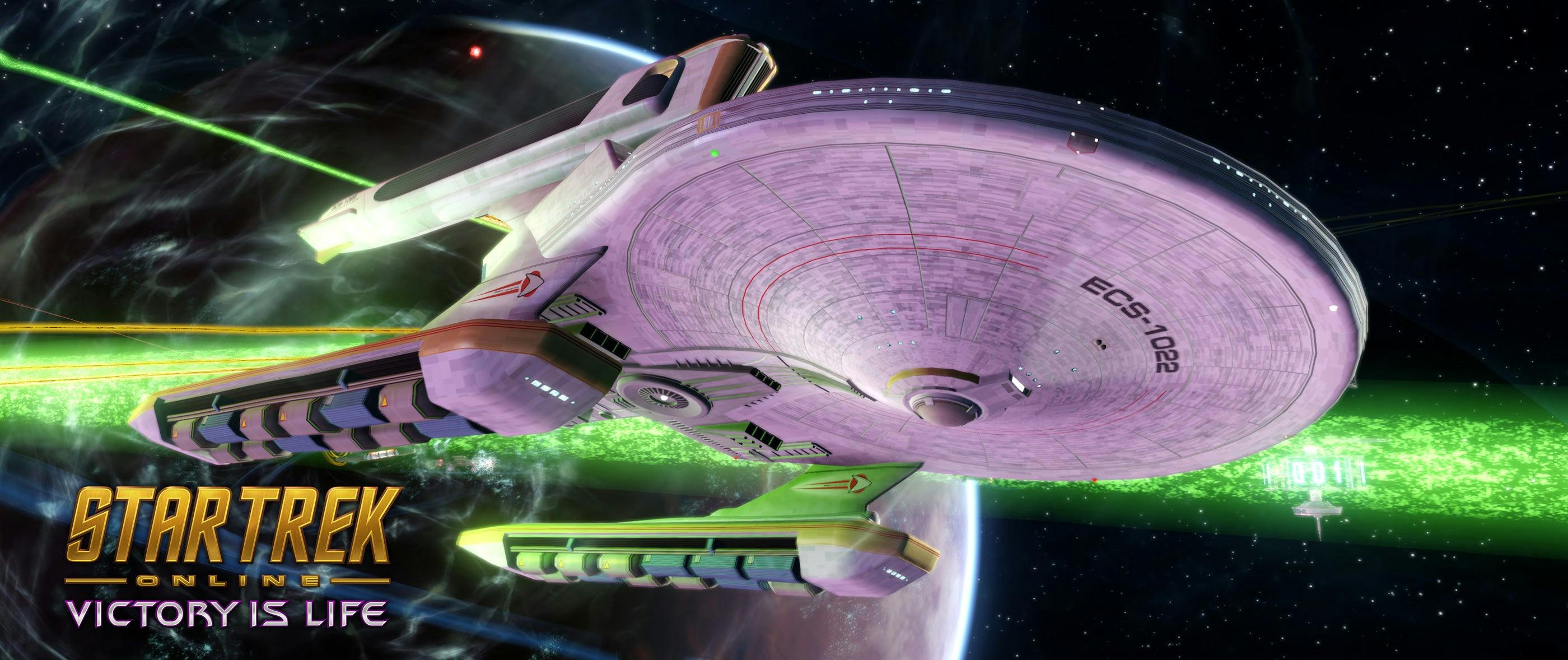
The Star Trek Kobayashi Maru test is a famous no-win simulation designed to evaluate the character of Starfleet cadets rather than their tactical skills. In this exercise, cadets face a scenario where they must decide whether to enter the Klingon Neutral Zone to rescue the disabled civilian ship Kobayashi Maru, risking their own ship and crew, or leave it to be destroyed. The test is intentionally unwinnable, as any rescue attempt triggers an overwhelming enemy attack, forcing cadets to confront a situation with no successful outcome.
What makes the Kobayashi Maru so compelling is that it reveals how a person handles impossible odds and moral dilemmas under pressure. The test challenges cadets’ judgment, courage, and leadership in the face of certain defeat. Captain James T. Kirk famously “beat” the test by reprogramming the simulation, refusing to accept a no-win scenario and demonstrating creative thinking. This has made the Kobayashi Maru a cultural symbol for facing impossible challenges and thinking outside the box. It’s a powerful metaphor not only in Star Trek but also in real-life situations where people must navigate difficult decisions without clear solutions.
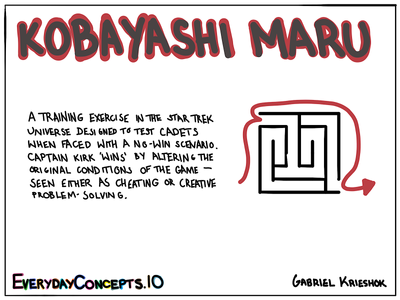
The Kobayashi Maru is a famous no-win training simulation in the Star Trek universe, designed to test the character of Starfleet cadets rather than their ability to win. The scenario involves a civilian ship, the Kobayashi Maru, stranded in dangerous neutral territory between the Federation and the Klingon Empire. Cadets must decide whether to attempt a rescue, risking their own ship and crew, or abandon the ship to certain destruction. The test teaches that sometimes leaders face impossible choices where loss is inevitable, emphasizing the emotional burden of command.
One of the most iconic moments is when James T. Kirk famously “beats” the test by reprogramming the simulation, refusing to accept a no-win scenario. This act has become symbolic of creative thinking and challenging limits. More recently, in Star Trek: Prodigy, the character Dal faces the Kobayashi Maru and learns the importance of accepting loss and thinking strategically with guidance from hologram Spock. The phrase “Kobayashi Maru” has since entered popular culture as a metaphor for unwinnable situations where the real test is how one handles failure.
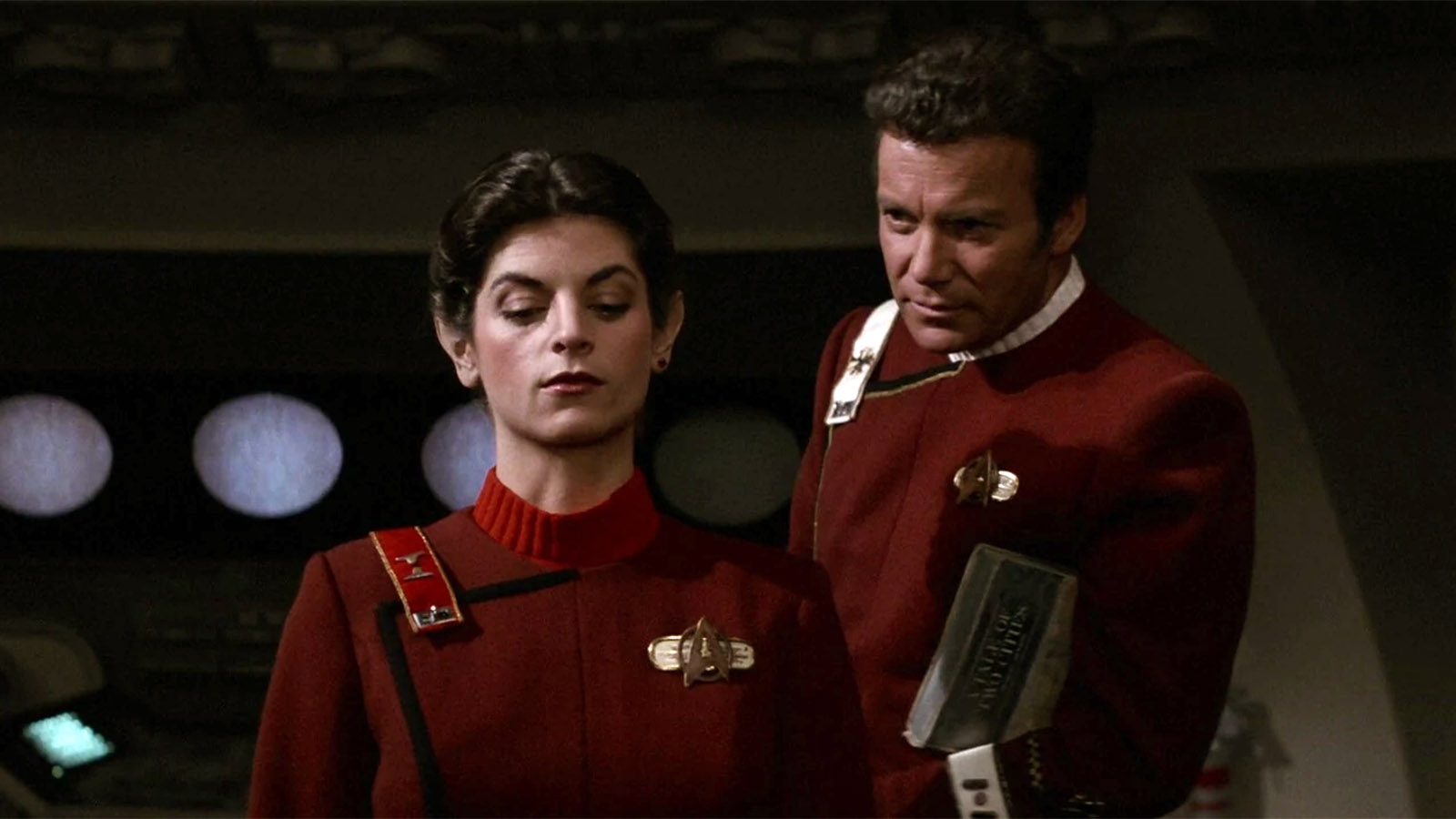
In the 2009 Star Trek film, the Kobayashi Maru test is indirectly referenced as part of James T. Kirk’s character development, though the movie focuses more on his rebellious nature and leadership under pressure. The Kobayashi Maru is famously known in Star Trek lore as a no-win simulation designed to test how cadets handle impossible situations. Kirk’s approach to this test—cheating to win—reflects his refusal to accept defeat and his creative problem-solving, traits that define him in the film as well. The movie shows Kirk’s journey from a rebellious troublemaker to a responsible leader aboard the USS Enterprise, facing real-life no-win scenarios like the Romulan attack on Vulcan and the threat to Earth. His ability to think outside the box and challenge the status quo, much like his handling of the Kobayashi Maru test in the original series, is a key part of his character arc in the 2009 reboot. This test symbolizes Kirk’s unique leadership style, showing that sometimes the best way to face impossible odds is to rewrite the rules.
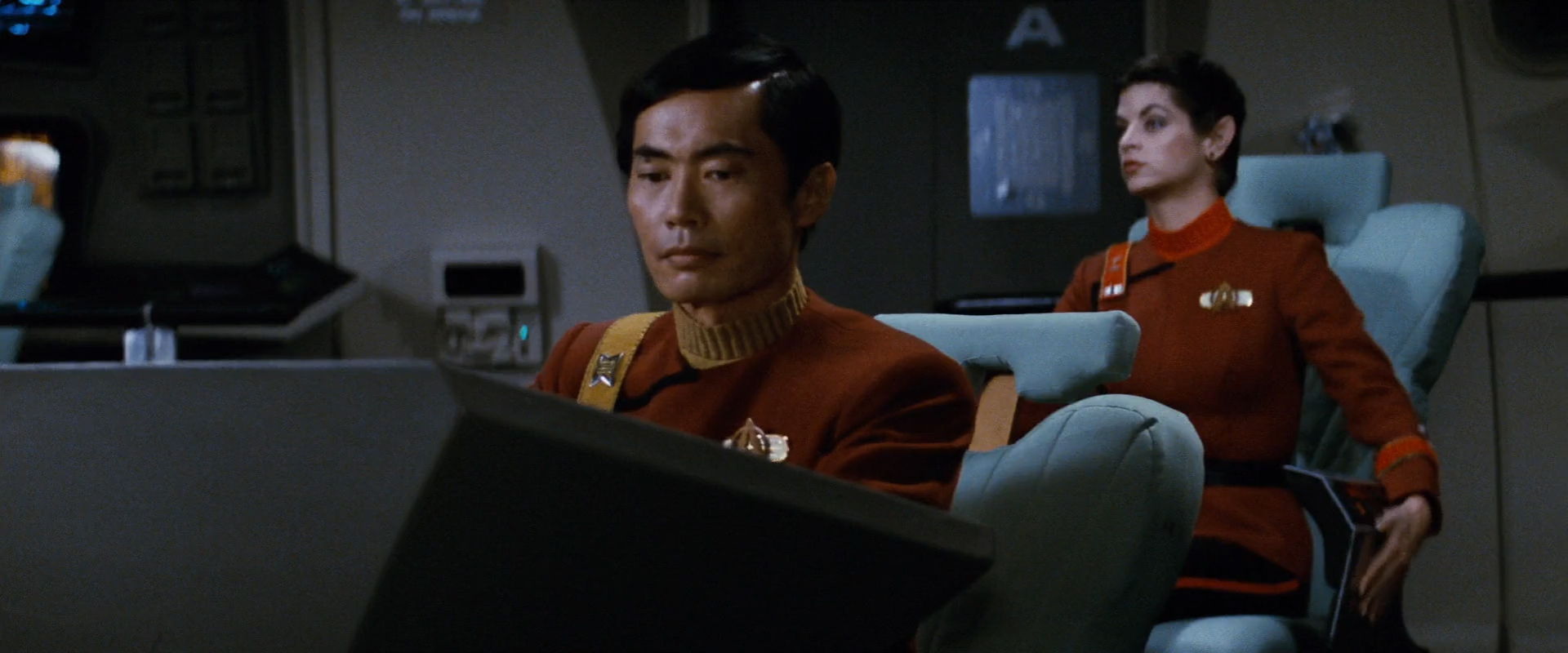
The Kobayashi Maru is a famous fictional test from Star Trek, designed to put Starfleet cadets in a no-win scenario. The exercise simulates a situation where a civilian ship, the Kobayashi Maru, is stranded in dangerous neutral space. Cadets must decide whether to attempt a rescue, risking their own ship and crew, or abandon the ship to certain destruction. No matter what choice they make, the scenario ends in failure, testing their character and how they handle impossible odds rather than their tactical skills.
This test is best known because Captain James T. Kirk famously “cheated” by reprogramming the simulation to win, showing his refusal to accept no-win situations. Over time, the term “Kobayashi Maru” has entered popular culture as a metaphor for any no-win or no-good-choice situation. It also symbolizes the idea of challenging or changing the rules when faced with impossible problems, rather than accepting defeat.
Interestingly, the name itself, “Kobayashi Maru,” can be roughly translated from Japanese as “little wooden boat,” which fits the idea of a vulnerable ship in distress, though the phrase is not meant to be taken literally in the story.
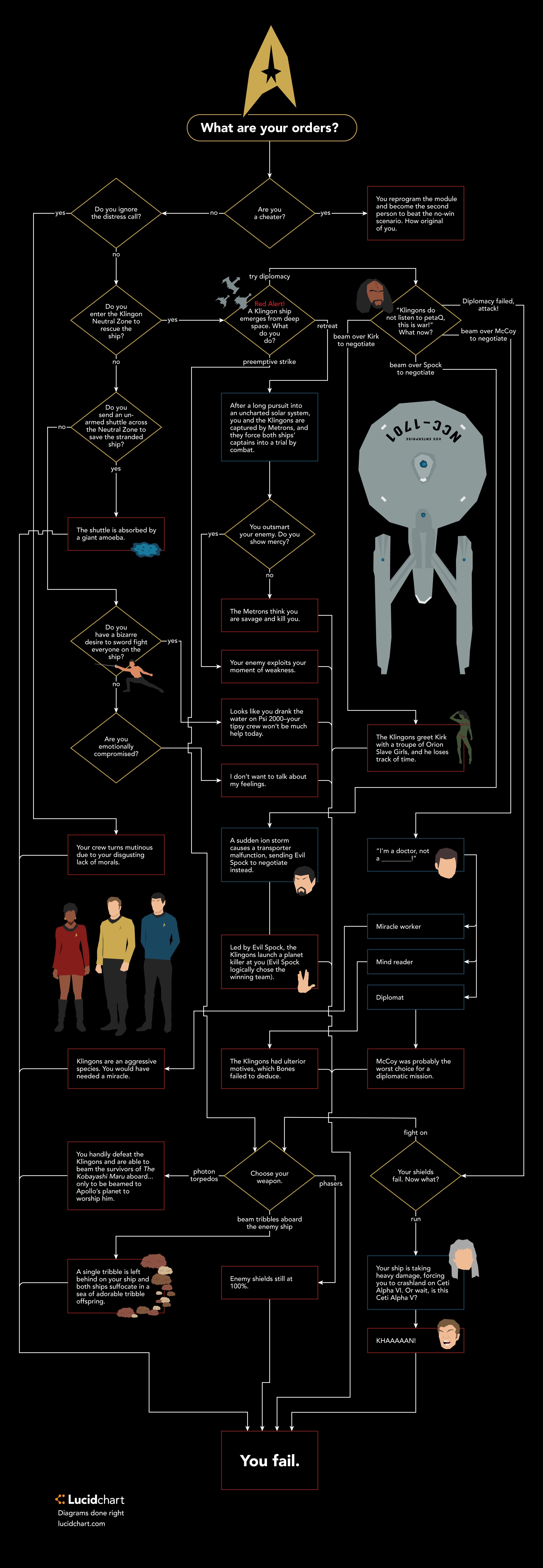
The phrase Kobayashi Maru originally comes from Star Trek as a famous no-win training simulation designed to test character rather than skill. In The Office, it’s used humorously to describe situations where employees face impossible or no-win challenges. For example, characters might joke about a task or dilemma being their own Kobayashi Maru, meaning no matter what they do, the outcome feels doomed or frustrating.
This reference works well in The Office because the show often highlights the everyday struggles and absurdities of office life, where people sometimes feel stuck in no-win scenarios—whether it’s dealing with difficult bosses, impossible deadlines, or awkward social dynamics. Using the term Kobayashi Maru adds a clever sci-fi twist to the humor, connecting the idea of a no-win test from Star Trek to the relatable, often comedic challenges the characters face at Dunder Mifflin.
So, when you hear someone in The Office mention Kobayashi Maru, it’s a fun nod to the classic sci-fi test of character, applied to the quirky, sometimes hopeless situations of office work. It’s a neat way the show blends pop culture with its own brand of humor.
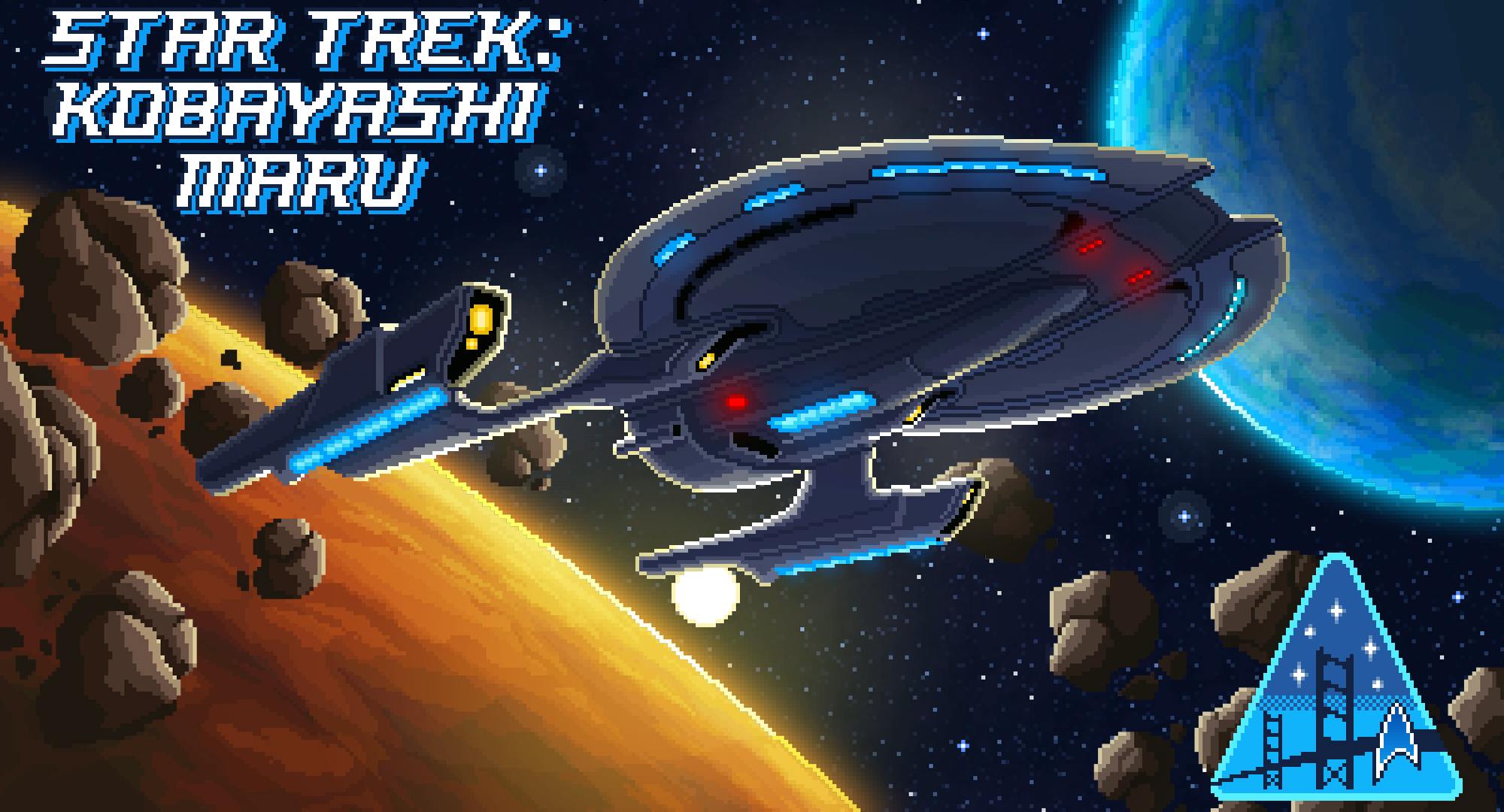
In conclusion, the Kobayashi Maru test stands as a pivotal element in the Star Trek universe, embodying the values of leadership, ethics, and innovation. Originally designed to evaluate a Starfleet officer’s ability to handle no-win scenarios, it challenges participants to confront their limits and think creatively under pressure. Captain James T. Kirk’s unique approach to the test not only redefined its purpose but also highlighted the importance of resilience and adaptability in the face of adversity. Ultimately, the Kobayashi Maru serves as a powerful metaphor for life’s challenges, encouraging us to discover our own solutions when confronted with seemingly insurmountable obstacles.